The string quartet that lives a second life on Lego
mainFrom our diarist Anthea Kreston:
I jumped from my Taxi, arriving at Berlin’s famed Philharmonie (Home Field of the Berlin Philharmonic – a golden-topped, modernist complex with multiple concert halls, cafes and rehearsal spaces), smelly and covered in sweat, just in time to sprint to my seat for the second half of the Casals String Quartet Concert. The second of my double rehearsals ended at 9 pm, across town, and yet I was determined to finally hear this Quartet – the most celebrated Spanish String Quartet, based in Barcelona. Jason held my seat – he was fortunate enough to be able to make it to the entire program, one of their Beethoven Cycle concerts, dedicated to the 16 Quartets of Beethoven, surrounding, in 6 concerts, newly commissioned works by 6 Mediterranean composers. London, Berlin, Amsterdam, Barcelona, Madrid, Japan, Lisbon, Vienna – these are just some of the places that you can hear their cycle this season.
This was my first time sitting in the audience of this hall, and I found the atmosphere immediately engaging – we were all sitting in a-symmetrical petals of a musical artichoke, with the Quartet placed in the heart, below all of us, but close enough to be able to see every muscle in the back of the poetically strong first violinist, and to see the apt expressions on the other members of the audience, as we all surrounded, and were surrounded by each other, in a musical adventure that still occupies my thoughts, 5 days after the concert.
This group, celebrating its 20th year together, has a synergy and compassion which drew me into their world. Honestly played, historically informed, beautiful long lines – their Beethoven Op 127 was a journey into the world of late Beethoven – a meandering investigation of time, intimate rumination, and personal acceptance. They didn’t play for us, but rather for themselves, or maybe for humankind.
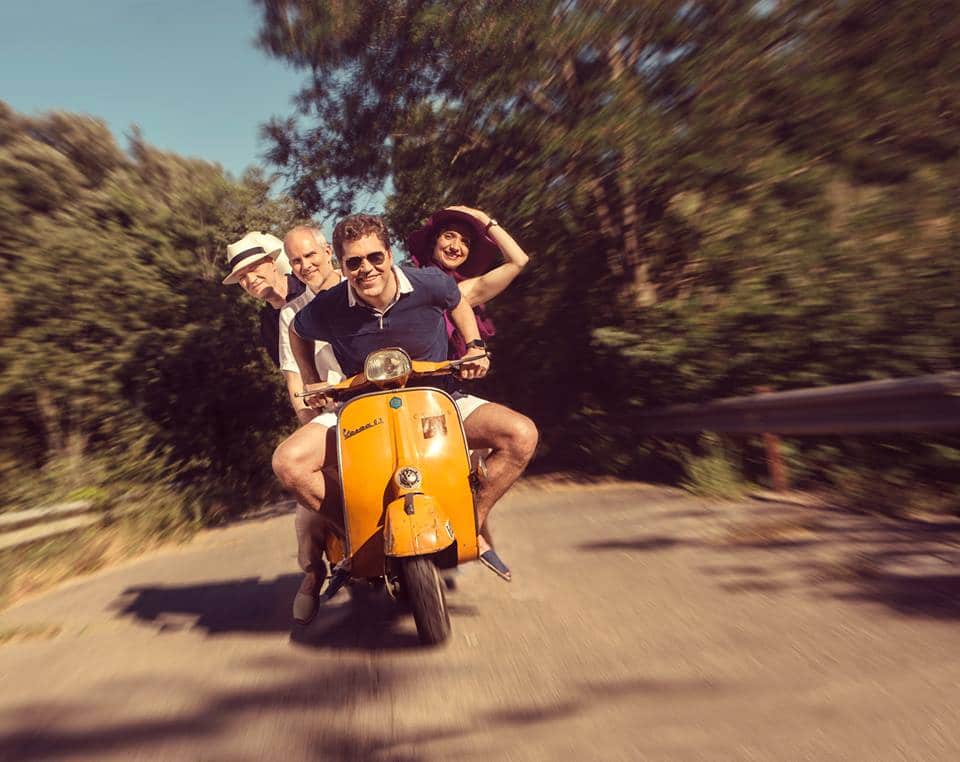
The brothers (the Catalonians Arnau on cello and Abel on violin) played off of IPads and Bluetooth foot pedals while Spanish violinist (Vera) and American violist (Jonathan) played from complete scores, shrunken down to teeny pages and taped together onto huge boards, placed low to the ground on sloped music stands. I loved the way that the Quartet gave us a reading of the complete picture – I could almost see the score in front of my eyes as they played – it was both intellectual and tender – perfectly representative of the time in Beethoven’s life – after his “Heroic” period, and into his contemplative, non-ego driven investigation into wholeness and an almost-spirituality. These qualities were perfectly brought to light with the Casals – their high-spirited enthusiasm contrasting with their willingness to bring us down to a nearly inaudible prayer-like whisper.
I was able to catch up with the Quartet for a Huge Beer and Wurst at the Sony Center after the concert, and was lucky enough to be able to interview Jonathan Brown, their Chicago-native (“Go Bears!) violist, whom I have known since our times together in Aspen as students.
Question:
I noticed that you use different bows – what kind are they, and do people use different kinds for different pieces?
Answer:
The different bows are part of our attempt to differentiate the sound and articulation (and therefore expression, of course) in 18th Century music with respect to 19th or 20th Century literature. We all have late-Baroque/early Classical model bows which we use for Haydn and Mozart and the other three also have ‘transition’ bows (somewhat longer and heavier, with a less angled tip) which they use for Beethoven. The violinists use these for all of the Beethovens, whereas the cellist and I use ‘Tourte-model’ bows as of the Razumovsky quartets. After considerable research, probably the most historically accurate posture is to mix different bows, within the same quartet, although as we have changed all of the other elements in play – the size of the hall, the instrumental set-up, the strings, – it is absurd to speak of historical accuracy. In the end we each have chosen the tools with which we can come closest to realising our personal vision of the music we are playing.
Question:
What is your basic philosophy for your Quartet – how is it structured (in terms of the individual vs the collective)?
Answer:
Like every other quartet, we struggle with the balance between the personal expression of each member and the need for a collective frame in which the voices make sense together. We have developed a decidedly democratic rehearsal technique, in which each member is allowed one-fourth of the given rehearsal time for a piece in which he/she can work on or whichever passage he/she would like, in whichever way he/she finds most necessary. This means that each person is responsible for prioritising and leading part of the rehearsal, and each has the right to propose any musical idea which he/she would like. Conversely, no one is obligated to follow someone else’s orders in concert – in case of opposing ideas, we normally we find the truth lies somewhere in between and allow ourselves to intuitively find a way which finds a balance between different perspectives. To this end, we try to define the structure or frame of a passage, the points in which we all are in agreement, and allow ourselves a considerable amount of personal freedom around the basic frame which we have established.
Question:
You have a very unique way of ending some notes altogether with such incredible speed – the sound was very clear, bright, and optimistic. Can you tell me a little about that?
Answer:
This is an interesting point, although I am not sure that we are aware of a specific technique with which to end notes. What I would say is that we often try to imitate other instruments, for example the clarity of articulation of a piano, not only at the beginning of a note or a chord, but also how to clear the sound at the end.
Question:
You switch violin 1 and 2 – how do you decide who does which piece?
Answer:
Aside from the fact that it has been very healthy for our violinists to both learn how to play each role, we use the switch as a further way of defining the quartet’s sound according to the general period in which we are playing. To that end, Abel plays first violin on all early music (Purcell, Bach, Boccherini, Haydn, Mozart) including the early Schuberts and Opus 18 Beethovens, at which point Vera plays first violin through to contemporary repertoire. We feel that this switch gives us even more possibilities for changing the sound of the quartet depending on the composer which we are playing.
Question:
Could you share with us any thoughts on what it feels like to be part of a Spanish Quartet in these troubling times?
Answer:
Everyone in Spain, but especially in Catalunya, has suffered this year through the political crisis and the quartet has not been unaffected by these events. We have found that playing ‘El Cant dels Ocells,’ the ‘Song of the Birds,’ which was Pau Casals’ homage to his homeland, a very cathartic end to our concerts, whether in Berlin, Girona or Madrid.
Thank you, Casals Quartet!
If you would like a tutorial on how to build a Lego Casals Quartet, please watch this YouTube Video.


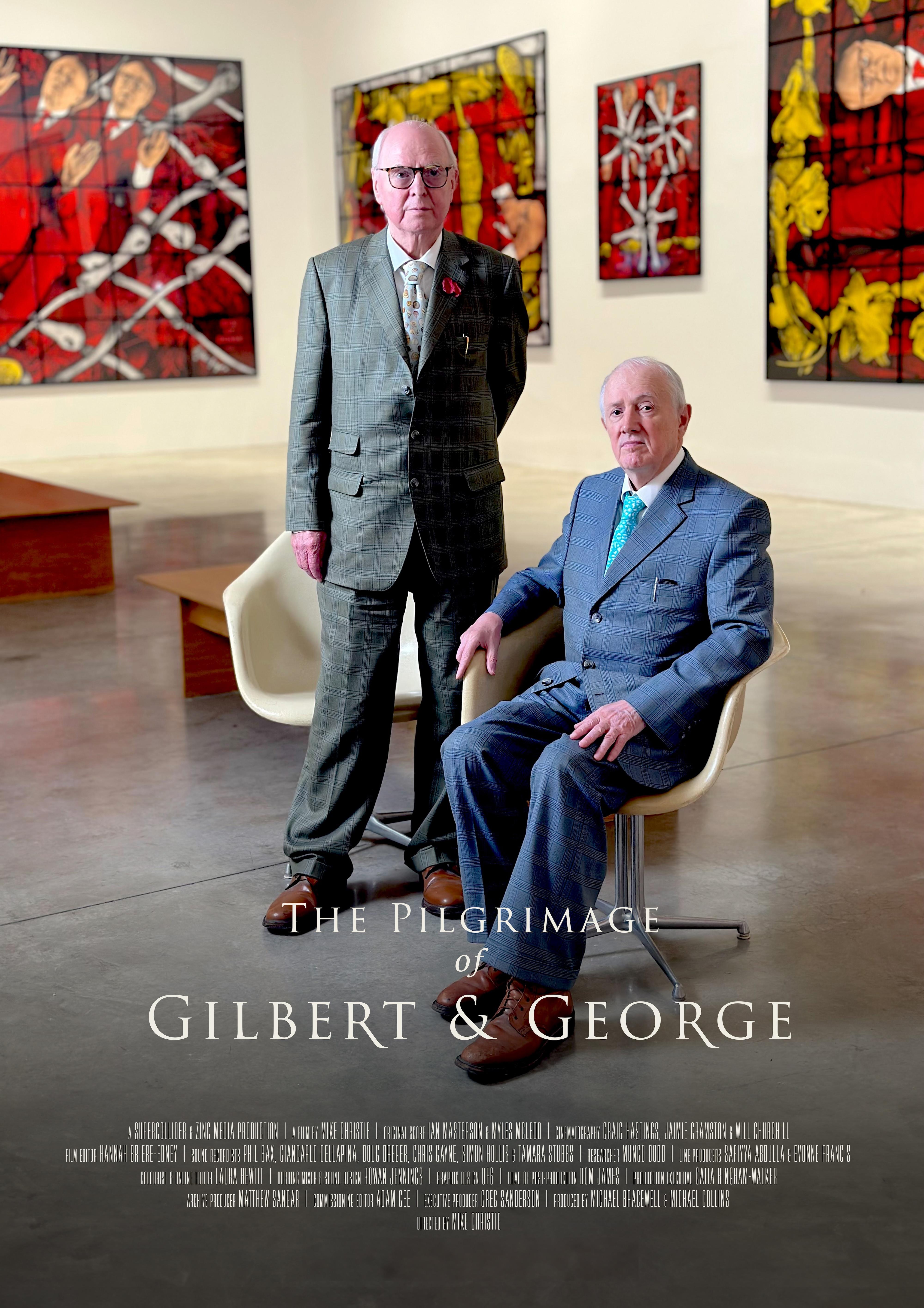
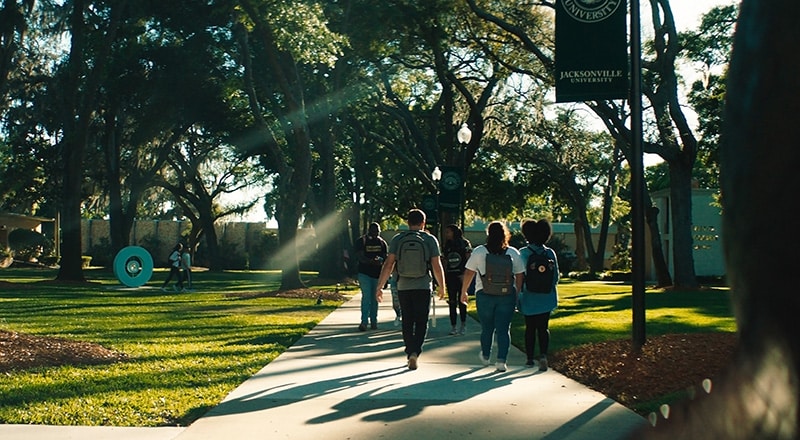
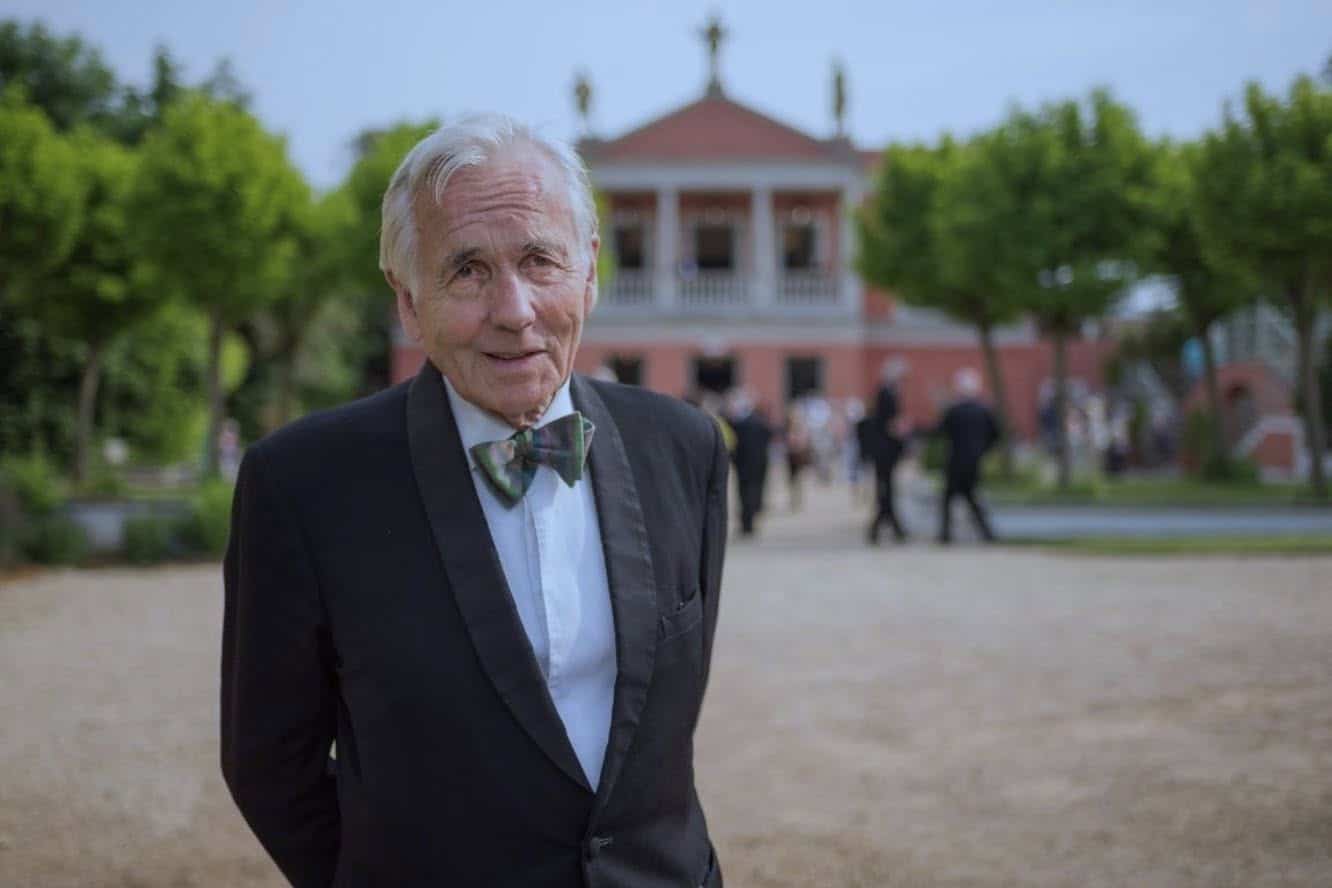
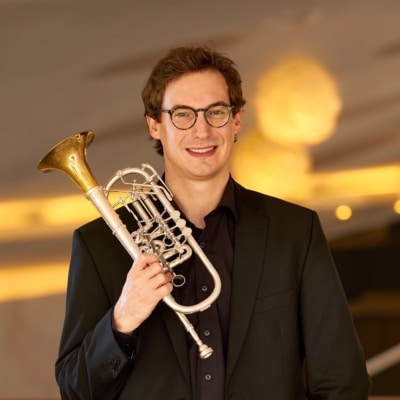
Comments